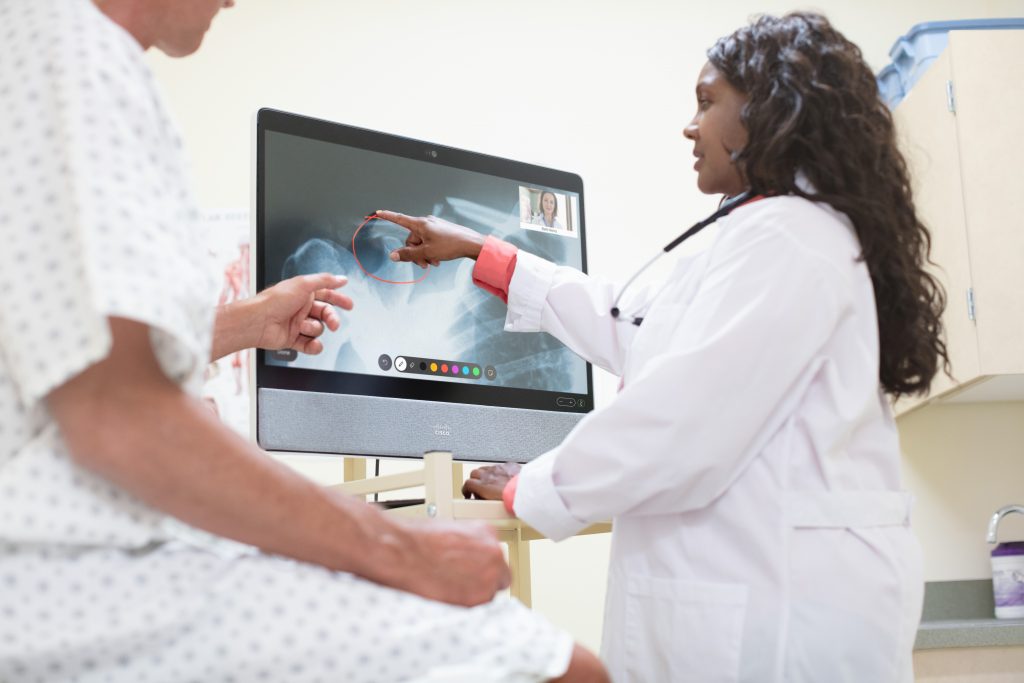A medical student has helped develop a pioneering new computer-based modelling system to better predict how much oxygen lung disease patients require.
University of Edinburgh medical student Emma Chang worked with a team of physiologists and computational scientists on a ground-breaking new app which can more accurately inform how much oxygen is given.
Effective Shunt, or ‘ES’, has been developed as a new app which helps patients who have suffered serious lung injury by better monitoring their recovery, a study carried out by Chang suggests.
The new measure lets medical staff quickly and accurately assess how well a damaged lung is performing its key task – getting oxygen into the bloodstream.
Researchers say the computer-based system will enable doctors and nurses to better assess injuries, and could help them more accurately predict patient outcomes.
Existing methods often produce misleading results because they do not take account of the irregular way in which oxygen is carried in blood. In some parts of the lung, the haemoglobin proteins that transport oxygen can reach capacity while, elsewhere, there is plenty of space.
This means that doubling the amount of oxygen that a patient is breathing does not always double the amount of oxygen in their blood. Such irregularities cause existing measures to fail – particularly when a patient is being given oxygen by medical staff.
The new measure of lung function – called Effective Shunt, or ES – takes a different approach. It uses mathematical modelling to estimate how much space is left for more oxygen to be absorbed in a patient’s lung if it is not fully functioning.
The computer programme uses the results of a blood test, taken from an artery in the patient’s arm or leg. Doctors measure the oxygen levels in the sample. The calculation also takes into account how much oxygen a patient is being given.
The ES method calculates how much oxygen should be in the blood if the lung is working at full capacity. From this, it is possible to tell by how much the lung is failing to add enough oxygen to the bloodstream.
The ES measure ranges from 0 per cent for a lung working perfectly, to 100 per cent for a lung that is adding no oxygen to the blood.
To trial its new approach, the researchers used a bank of 100,000 blood samples from critically ill patients. They used the results from measurements of the oxygen levels in these samples to test their method compared with other methods.
The researchers found their method to be twice as accurate as the next best alternative at predicting patients’ blood oxygen levels.
The team has created an app to calculate ES, which is available for free: baillielab.net/es. The findings are published in the journal, Intensive Care Medicine Experimental.
Emma said: “Our findings suggest that ES will provide a better way to classify patients by diagnosis or disease severity, and to predict outcomes from critical illness. This is the first step on a long road – there is a lot of work to do before it is widely adopted.”
Emma’s supervisor Kenneth Baillie, a Senior Clinical Research Fellow at the University of Edinburgh, said: “This study enables us to substantially improve the accuracy of important clinical measurements. It shows the value of close collaboration between medical researchers and experts working computational science.”
